OCTOBER 8TH
OCTOBER 13TH
BTCF Board Member Dr. Gia Marson talks with Goop about helping loved ones with an eating disorder.
Breaking the Chains and NEDA
Breaking the Chains Foundation partnered with NEDA in support of National Eating Disorder Awareness Week on February 26 – March 4th by promoting awareness via a variety of our social media networks, celebrity support, sharing NEDA’s screening tool through our social media platforms, as well as having our own online event through out the week. Also joined NEDA in forming our own team for the Los Angeles NEDA Walk on April 7th, walking and raising funds in support of stopping eating disorders.
GREAT NEWS
The award winning short film “FINDING ALICE” was an Official Selection both as a short film and written word in The Hollywood Dreamz International Film Festival and Writer’s Awards in Las Vegas, August 2017!
UPCOMING NEWS
STAY TUNED! – BTCF YOUNG HOLLYWOOD CAMPAIGN
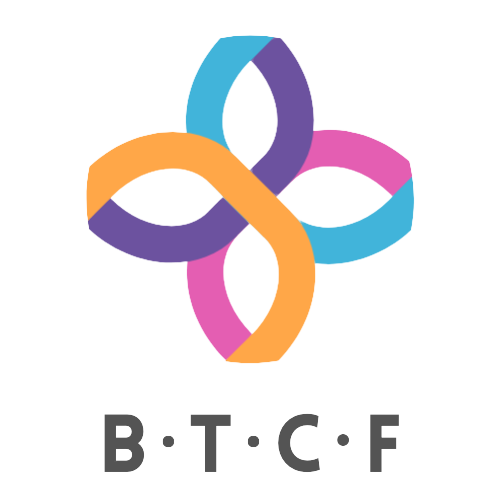

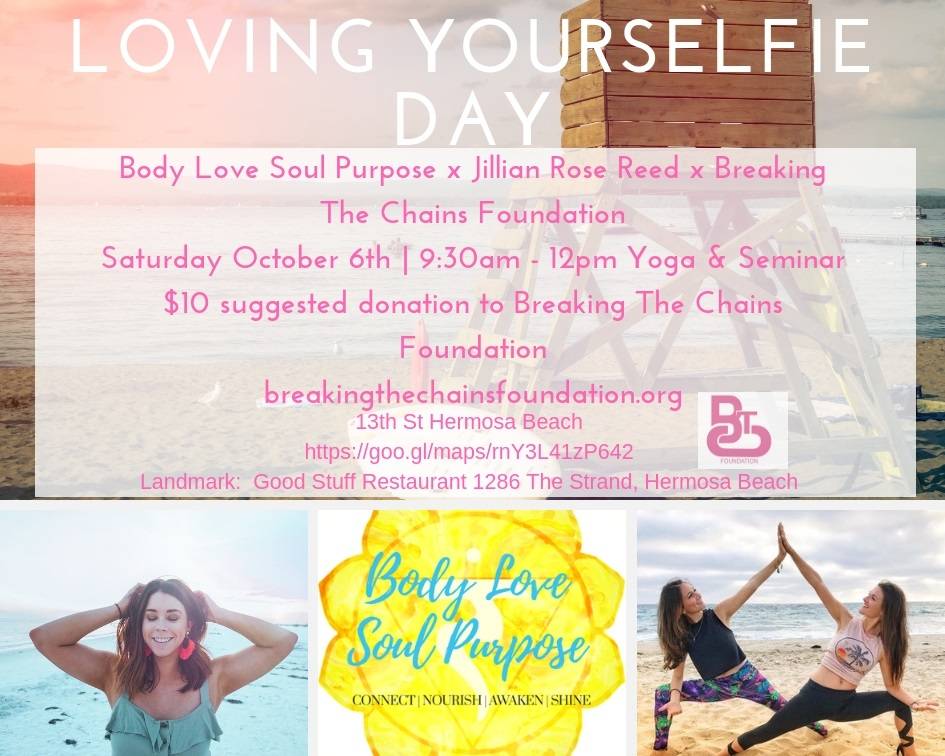
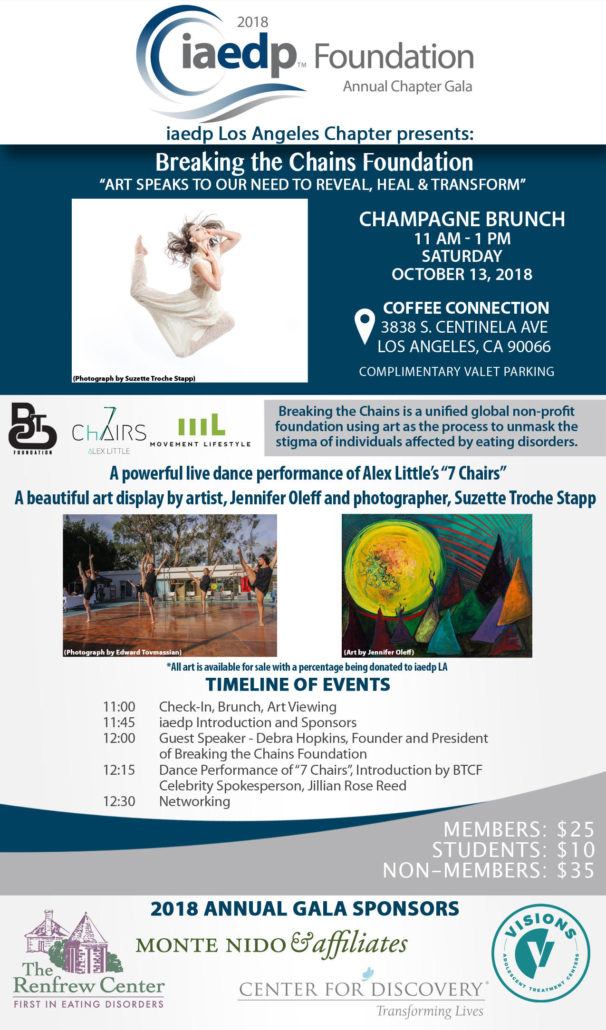
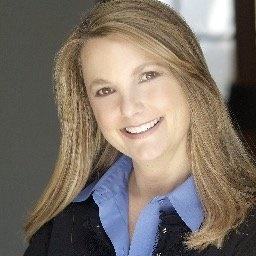

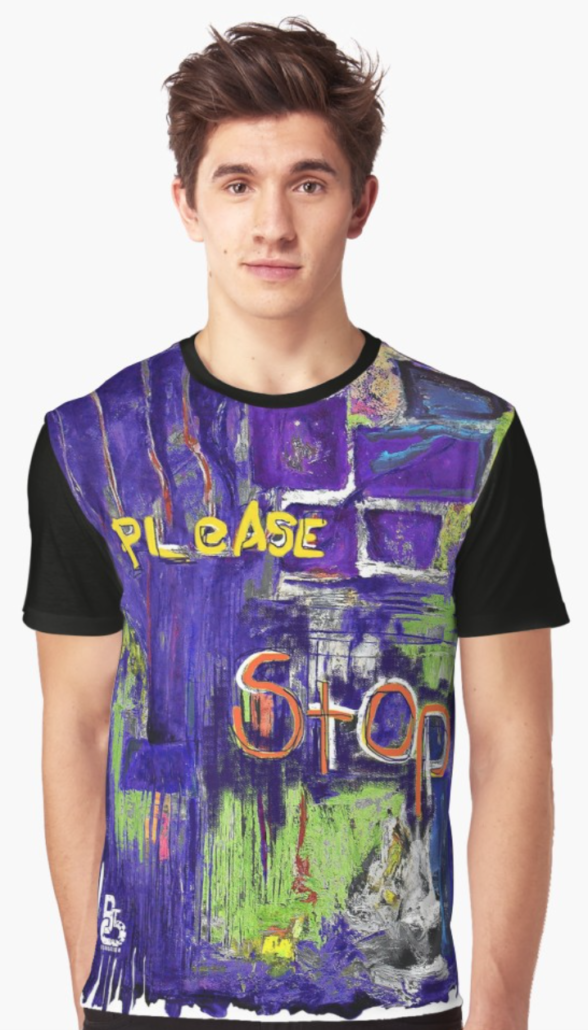
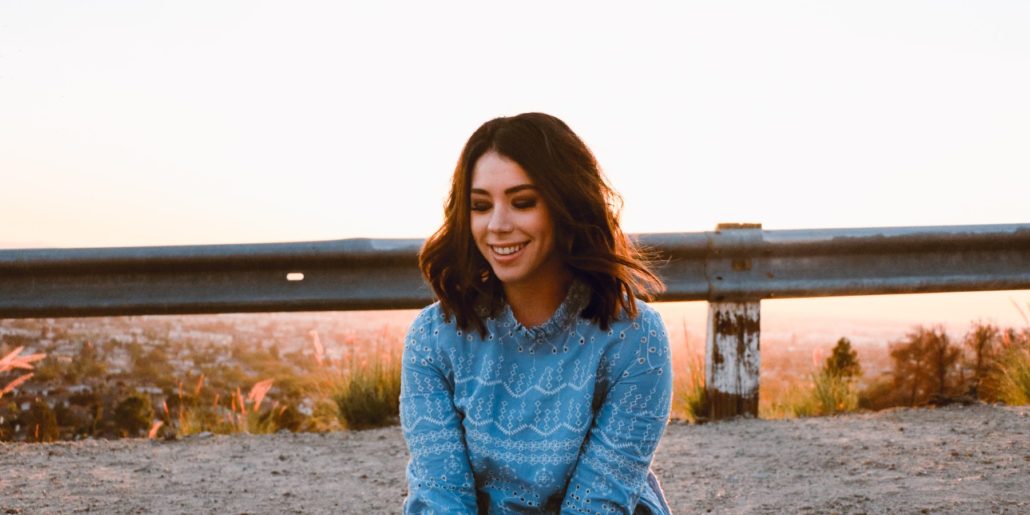
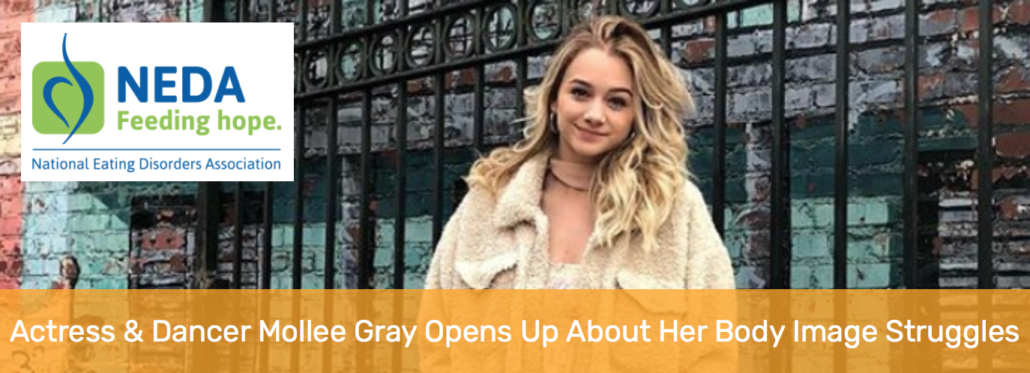
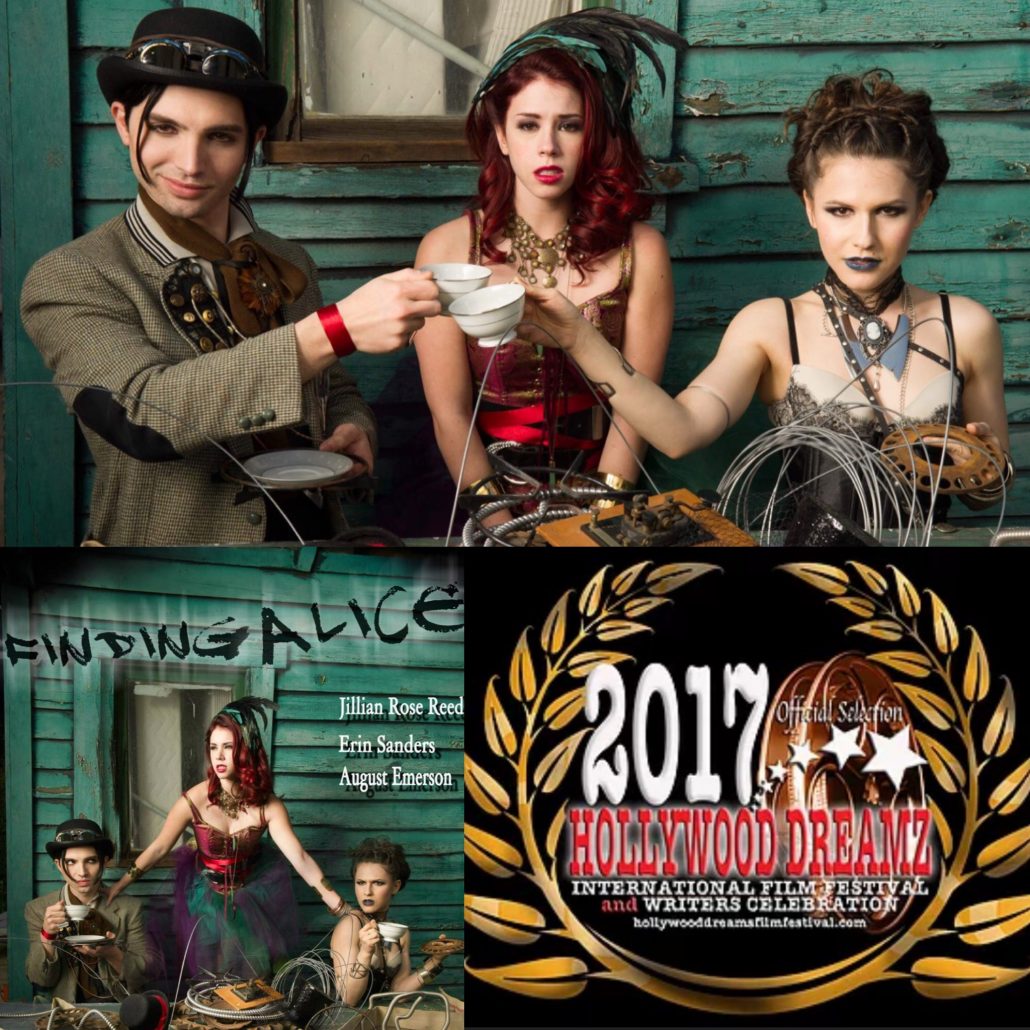



Outliving My Eating Disorder
BlogBy Rachel DesRosier
I was a “normal” kid. Puberty hit me and I became chubby. I was sensitive to the world in which I was being raised – during a time when Americans were all up in arms about obesity (1990s-early 2000s).
I remember family members making remarks about me – “Doesn’t she ever eat anything green?” “How much does she weigh?” And I began to internalize it and hate myself. At 9 years old, I began to cut some “bad” foods out of my diet. At 11 years old, I would periodically see how long I could go without eating. My friendships were tumultuous around this time, and I felt jealous of the friends that were naturally skinny. My fourth-grade crush said he could never like me as long as I was fat. Boys would slap my arms to make them jiggle.
In middle school, I was gothic, and I embraced my creative side. It could have been a positive turning point, but I continued to internalize what was around me and many adults did not understand or support me. They had no clue that I was trying to revolutionize my inner world, which was full of turmoil. Be understanding and supportive of your teens – they are trying to make sense of the world.
At 16, I remember feeling like my body was not really mine, it was everyone else’s. And there were so many things wrong with my body. As my life felt out of control, my eating disorder worsened. I enjoyed lifting weights in the gym and used my rage as a catalyst. I became the captain of my school’s Girl’s Weightlifting Team.
I counted the calories in lettuce! Maybe I had anorexia athletica, but nobody would have diagnosed me back then. The adults in my life were just happy I wasn’t another chubby teen; they did not ask questions. I was really starving myself; my reward for working out was a handful of food. There were a lot of foods that I considered to be “bad” and I remember going on a kayak trip with my family and flipping out because the kayak rental place didn’t have bottled water (all the beverages had sugar in them). I probably really needed that sugar! I was still seeing gains in the weight room, so I continued my low-calorie diet. I got used to feeling hungry. Sometimes it gave me a high.
Eating disorders are two things – it is both an addiction as well as a response to feeling out of control. Those of us with eating disorders like to fly close to the sun, it feels nice there, and we don’t really know how close we come to teasing the Grim Reaper while we do it. At 17, I was slowly killing myself. I was starving and over-exercising my body. That landed me in the hospital. None of the doctors figured it out. When I got out of the hospital, I had chronic health issues.
How do you survive an eating disorder? You do whatever you have to. Like an addict, you have to choose to get better. Your mental health and well-being have to be #1. You are unlike anybody else; therefore, your treatment needs to be specific to you. Learn your triggers. If you fail, remind yourself that people fail all the time. You know who survives in life? The people who keep trying (AKA the “failures” = Survivors). Eventually, the universe says, “Oh she’s not giving up” and you will see progress.
About the author: Rachel DesRosier lives in Bradenton, FL. As the owner of Medical Zebra LLC, she promotes patient advocacy and shares resources for patients with chronic & invisible ailments. Visit here to learn more about the health issues her eating disorder caused and her journey with chronic pain. Visit here to learn more about the health issues her eating disorder caused and her journey with chronic pain.
AN INTERVIEW WITH BELLE MATTSON
Artist BlogsBTCF: What was your inspiration for becoming a photographer?
BELLE: I began taking dance photos of my younger sister and her friends on my phone. I then received a camera and began taking photos for my dance studio. Everyone liked the photos and I enjoyed having another creative outlet that allowed me to share art with others.
BTCF: How do you come up with the compositions and locations for your photography shoots?
BELLE: The location is often up to the dancer I am taking pictures of, as I want the photos to be a collaboration and for them to be satisfied with them. I ask if they have any specific ideas for their photos and if they want them indoor or outside. If they don’t have a specific idea then I’ll give some suggestions. I come up with location ideas by looking for places nearby that would be a good background/setting for photos. These places usually have something visually interesting about them, without being too busy.
BTCF: As a dancer, do you ever feel like a choreographer setting different movements, poses, emotions, feelings, and other characteristics when capturing the photo you envision? Can you share what some of your process is when setting up shots?
BELLE: I would say sometimes. Maybe it can feel more like I am a director than a choreographer because I am often guiding the artist(s), versus planning their every step. I tend to guide the dancers through improv or creating different shapes when taking movement photos.
BTCF: What is your favorite type of photography?
BELLE: My favorite type of photography is movement photography. This is because it becomes a collaboration between the artist/subject and me.
BTCF: You shoot in both color and black and white, how does one speak to you versus the other?
BELLE: I love both color and black and white photos, and I enjoy taking both. In terms of dance and movement photography, I feel that color photos capture the subject; and since black and white photos make the background match the subject, they capture more of a feeling.
BTCF: What lighting do you look for when you shoot black and white and how is that different from shooting in color?
BELLE: When shooting in black and white I look for lighting that has contrast, both highlights and shadows. My favorite setting for these photos is window light. When shooting in color I still pay attention to where the light will fall on the subject and where shadows will be, but I focus more on how the subject will show and stand out against the background.
BTCF: You capture such amazing movement both when shooting live stage performances and still shots. What do you look for when shooting live stage performances?
BELLE: Thank you! I mostly look for the shapes created by the dancers. I think it also helps that I am a dancer, I know when the height of jumps will be and I know what steps will create what pictures. I also look for the emotions and expressions on the dancers’ faces. A big part of dance is telling and expressing a story, so I try to capture that in my photos.
BTCF: As a dancer, I would imagine there is a rhythm you feel when you take photos of these different bodies in motion. Can you share a little bit about that and how you encounter the moments?
BELLE: When taking movement pictures, I get to watch the dancers move and it feels like they are letting me in and sharing their passion with me. Being a dancer myself, it is a shared love for dance and it is such a special moment of connection.
BTCF: BTCF uses all forms of art as healing tools, how is photography healing to you and what do you hope your viewers feel through your work?
BELLE: For me, photography is another creative outlet that allows me to connect and share with others. I enjoy connecting with other artists and trying to encapsulate their beauty, personality, and energy in photos. That is probably my favorite part of photography. I hope that viewers can see what I see in the artists I work with and that the art we create together is the art that inspires others.
BTCF: Many people struggle with having a positive body image, what is the most important thing you try to share through your photography when it comes to body image?
BELLE: The most important thing that I try to share through my photography, when it comes to body image, is that there is beauty in everyone. I feel that when struggling with body image it is really easy to compare yourself to others, and not see beauty in yourself. It makes me really happy when people who don’t usually like photos of themselves, like the photos that I take of them. When artists see the beauty that I see in them and try to capture that, it is an incredible feeling.
BTCF: You attend the prestigious Point Park University, what are your favorite things about going to school there and what are your goals for the future?
BELLE: My favorite thing about going to school at Point Park University is all the amazing artists around me. I am constantly inspired by the dancers and faculty members that I interact with each day. Everyone is so unique, creative, and talented and I always find myself in awe of the people I get to dance with.
My goals for the future are to graduate from Point Park University with a B.F.A. in Dance and then venture into the commercial dance industry. Performing on cruise ships, in music videos, television and film, and on tour with artists are all things that interest and excite me. I would also like to explore choreographing and hope to have the opportunity to share my love and passion for dance with others.
BTCF: Favorite song?
BELLE: I don’t know! There are too many! So, I guess any song that I can dance to.
BTCF: Favorite photographer?
BELLE: Hannah Mayfield and Bridgette McNairy
BTCF: Pasta or Tacos?
BELLE: Pasta, but gluten-free because I have a gluten intolerance.
BTCF: Social Media can be tough for youth to navigate, what are three things that you would share with your younger self?
BELLE:
BTCF: Who are the people that inspire you and why?
BELLE: My mom because she is the most thoughtful, caring, and supportive human I know, Deena Bryan because she is so creative, uplifting, and strong, Lilly Bryan because she is a light in the lives of everyone around her, Irelynn Bryan because she is strong and unapologetically herself, Jason McDole because he is caring, intentional, and extremely passionate, all the dancers at Point Park because they are so insanely talented, and of course my illuminaTe Dance & Arts Center family because they are some of the most amazing artists and people.
BTCF: If you could share 3 tips to youth who are interested in photography, what would they be?
BELLE:
Thank you Belle! We look forward to seeing you soar!
Debra Hopkins and Her Passion for Freeing People from Shame and Stigma
PressDebra Hopkins and Her Passion for Freeing People from Shame and Stigma
BTC contributor Krista Stryker wrote of Debra’s passion for helping people. Read it in her Substack blog.
Debra Hopkins and Her Passion for Freeing People from Shame and Stigma